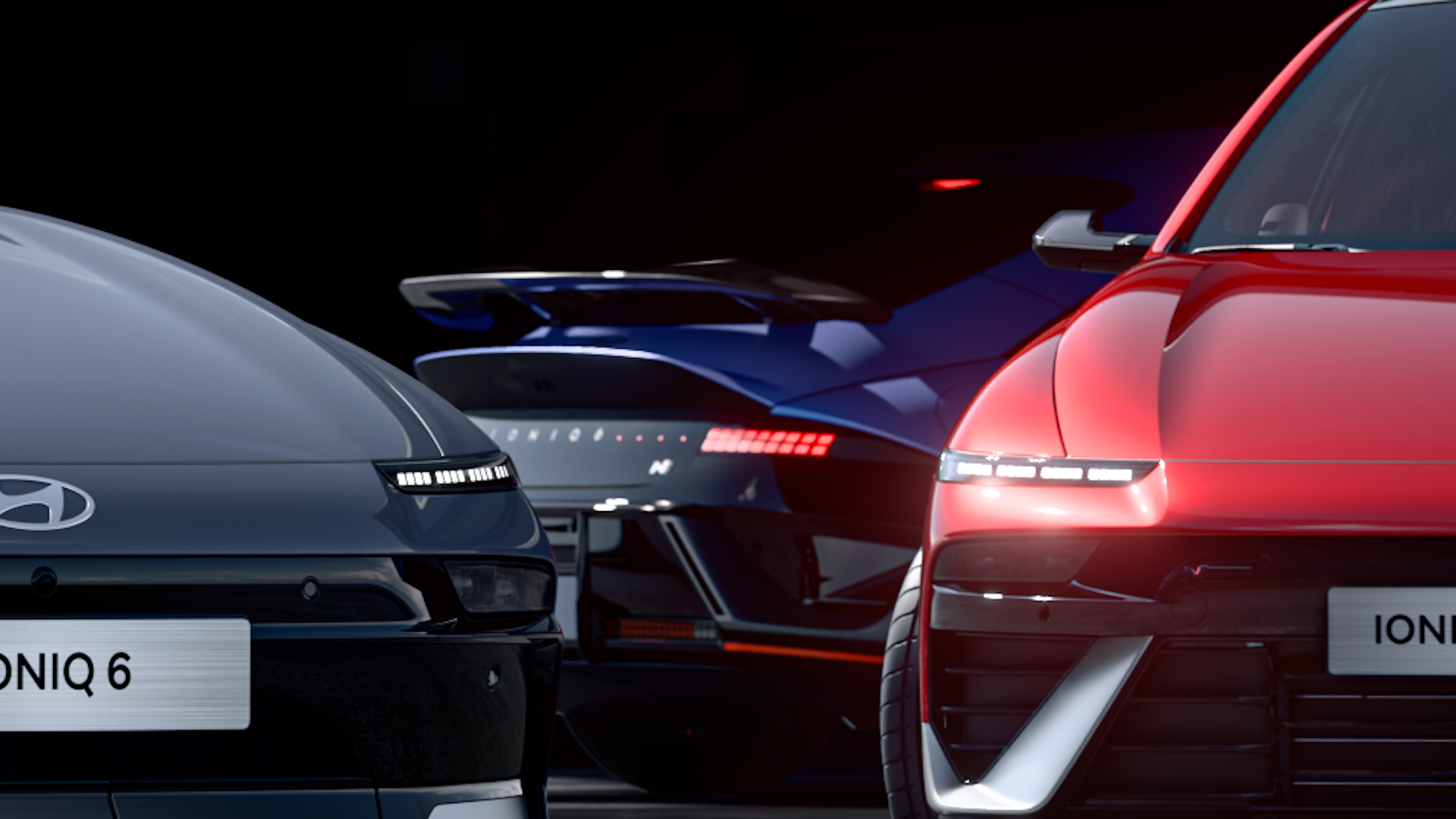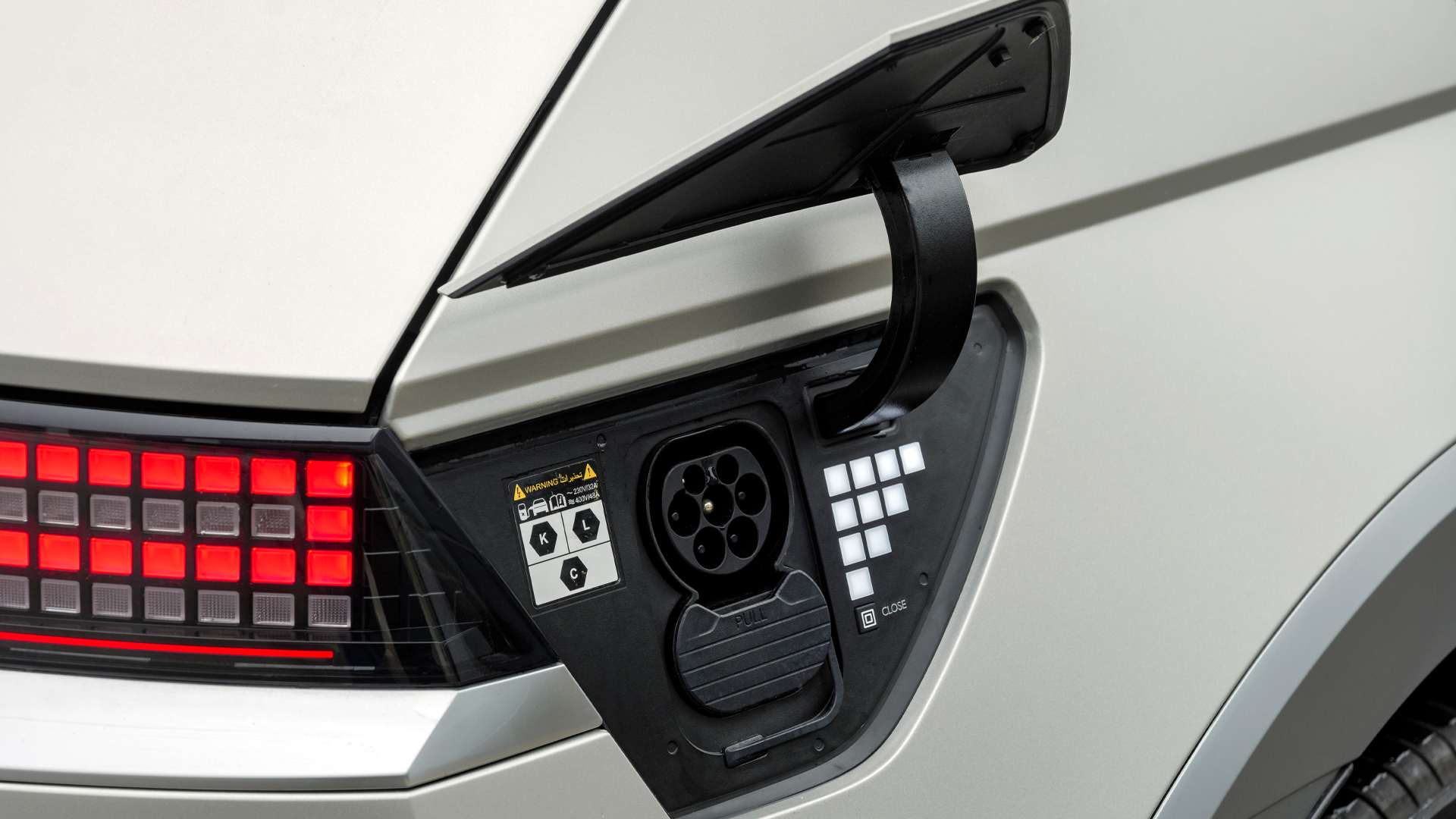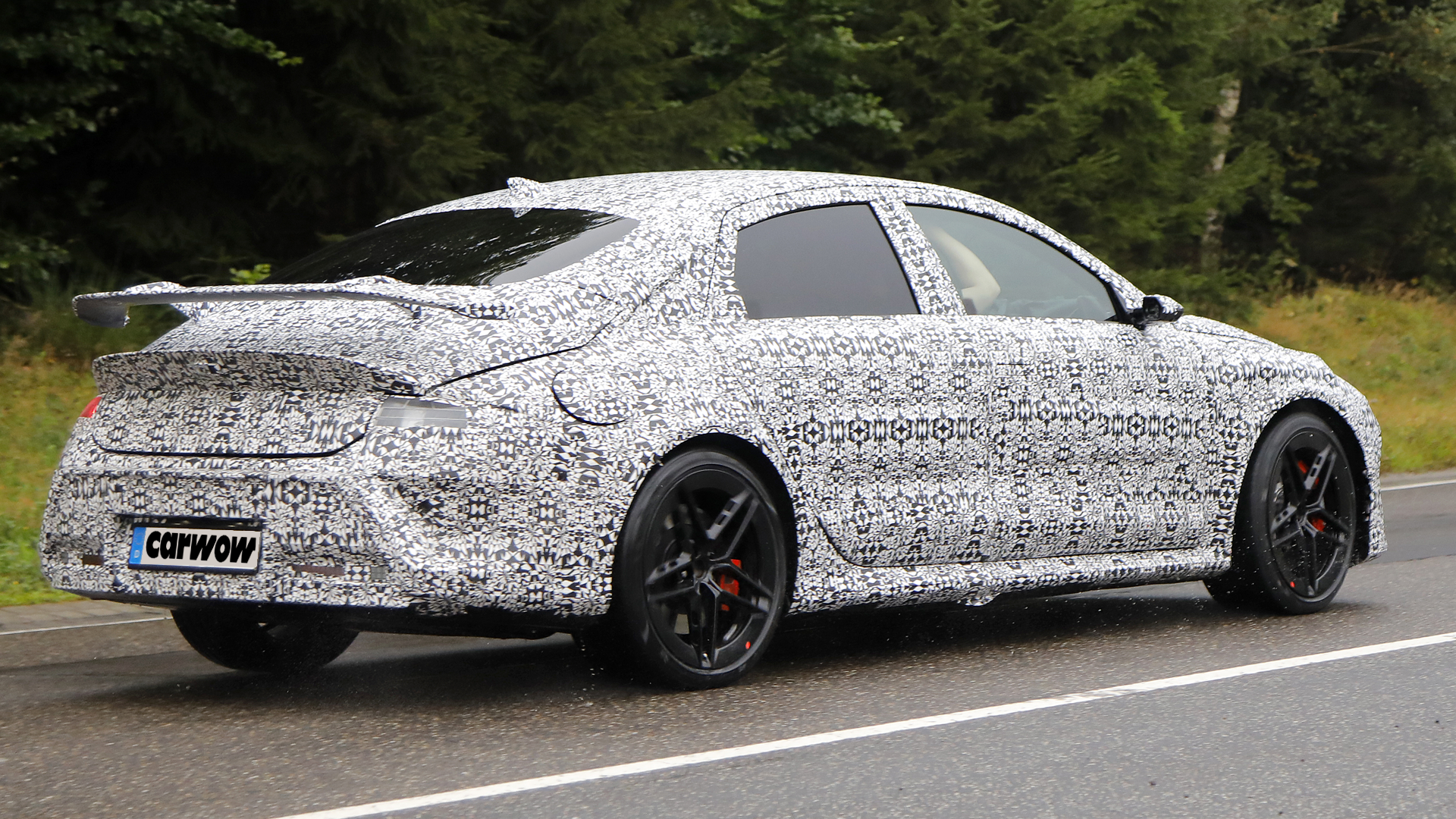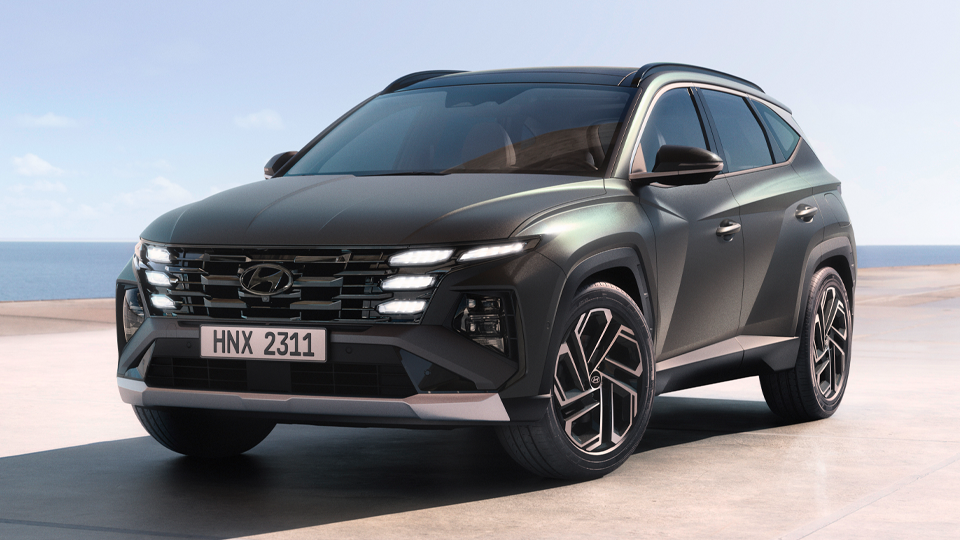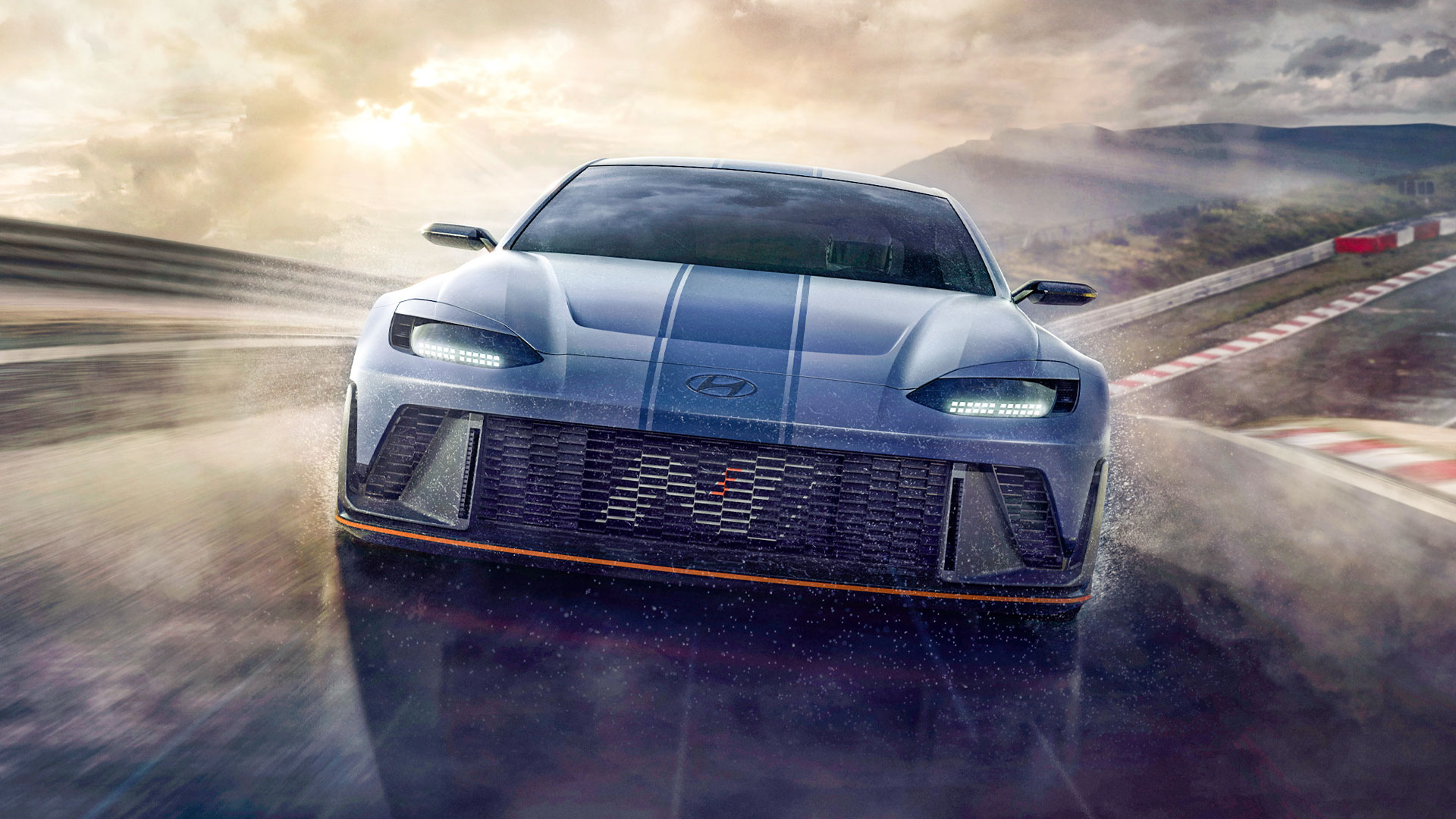Buy the grey Hyundai Kona Electric
The free, easy way to buy a used grey Hyundai Kona Electric
Browse through our list of grey Hyundai Kona Electric cars for sale across the UK.
Kona Electric SE Connect
- 0.001 L
- 20345 miles
- Automatic
- Electric
- Grey

Kona Electric SE Connect
- 0.001 L
- 18987 miles
- Automatic
- Electric
- Grey

Kona Electric Premium SE
- 0.001 L
- 60901 miles
- Automatic
- Electric
- Pearl - Galactic grey

Kona Electric Premium
- 0.001 L
- 50185 miles
- Automatic
- Electric
- Pearl - Galactic grey

Kona Electric SE Connect
- 0.001 L
- 11801 miles
- Automatic
- Electric
- Grey

Kona Electric Premium
- 0.001 L
- 61419 miles
- Automatic
- Electric
- Grey

Kona Electric Premium
- 0.001 L
- 30000 miles
- Automatic
- Electric
- Grey

Kona Electric Premium SE
- 0.001 L
- 53990 miles
- Automatic
- Electric
- Pearl - Galactic grey

Kona Electric Premium
- 0.001 L
- 54000 miles
- Automatic
- Electric
- Grey

Buy a new grey Hyundai Kona Electric
Configure a brand new grey Hyundai Kona Electric just the way you want it and pay cash or buy on finance.
Kona Electric Advance
- 0.001 L
- Automatic
- Electric
- Pearl - Ecotronic grey

Kona Electric Advance
- 0.001 L
- Automatic
- Electric
- Pearl - Ecotronic grey

Kona Electric N Line
- 0.001 L
- Automatic
- Electric
- Pearl - Ecotronic grey

Kona Electric Ultimate
- 0.001 L
- Automatic
- Electric
- Pearl - Ecotronic grey

Kona Electric N Line S
- 0.001 L
- Automatic
- Electric
- Pearl - Ecotronic grey

Kona Electric Ultimate
- 0.001 L
- Automatic
- Electric
- Pearl - Ecotronic grey

Kona Electric Ultimate
- 0.001 L
- Automatic
- Electric
- Pearl - Ecotronic grey

Kona Electric N Line S
- 0.001 L
- Automatic
- Electric
- Pearl - Ecotronic grey

Kona Electric Ultimate
- 0.001 L
- Automatic
- Electric
- Pearl - Ecotronic grey

Lease a new grey Hyundai Kona Electric
Browse amazing lease deals from our trusted dealer partners for a new grey Hyundai Kona Electric.
Kona Electric Advance
- 0.001 L
- Automatic
- Electric
- Pearl - Ecotronic grey

Kona Electric Advance
- 0.001 L
- Automatic
- Electric
- Pearl - Ecotronic grey

Kona Electric Advance
- 0.001 L
- Automatic
- Electric
- Pearl - Ecotronic grey

Kona Electric Advance
- 0.001 L
- Automatic
- Electric
- Pearl - Ecotronic grey

Kona Electric N Line
- 0.001 L
- Automatic
- Electric
- Pearl - Ecotronic grey

Kona Electric N Line S
- 0.001 L
- Automatic
- Electric
- Pearl - Ecotronic grey

Kona Electric Ultimate
- 0.001 L
- Automatic
- Electric
- Pearl - Ecotronic grey

Kona Electric Ultimate
- 0.001 L
- Automatic
- Electric
- Pearl - Ecotronic grey

Kona Electric Ultimate
- 0.001 L
- Automatic
- Electric
- Pearl - Ecotronic grey

- Term of agreement
- 36 months
- Monthly payment
- £304.02
- Initial payment (includes £360.00 broker fee)
- £4,008.24
- Mileage per annum
- 5,000 miles
- Maintenance included
- No
- Metallic colour included
- No
The above is not an offer of finance, all figures are estimates only. Quote is subject to dealer/broker requirements, including status and availability. The actual monthly cost may vary depending on the finance provider used. Please contact the dealer/broker who can offer a personalised quote based on your needs.
Further charges may be made subject to the condition or mileage of the vehicle. Terms and Conditions apply.
- Term of agreement
- 48 months
- Monthly payment
- £307.30
- Initial payment (includes £300.00 broker fee)
- £3,987.60
- Mileage per annum
- 5,000 miles
- Maintenance included
- No
- Metallic colour included
- No
The above is not an offer of finance, all figures are estimates only. Quote is subject to dealer/broker requirements, including status and availability. The actual monthly cost may vary depending on the finance provider used. Please contact the dealer/broker who can offer a personalised quote based on your needs.
Further charges may be made subject to the condition or mileage of the vehicle. Terms and Conditions apply.
- Term of agreement
- 48 months
- Monthly payment
- £312.23
- Initial payment (includes £300.00 broker fee)
- £4,046.76
- Mileage per annum
- 5,000 miles
- Maintenance included
- No
- Metallic colour included
- No
The above is not an offer of finance, all figures are estimates only. Quote is subject to dealer/broker requirements, including status and availability. The actual monthly cost may vary depending on the finance provider used. Please contact the dealer/broker who can offer a personalised quote based on your needs.
Further charges may be made subject to the condition or mileage of the vehicle. Terms and Conditions apply.
- Term of agreement
- 36 months
- Monthly payment
- £313.09
- Initial payment (includes £360.00 broker fee)
- £4,117.08
- Mileage per annum
- 5,000 miles
- Maintenance included
- No
- Metallic colour included
- No
The above is not an offer of finance, all figures are estimates only. Quote is subject to dealer/broker requirements, including status and availability. The actual monthly cost may vary depending on the finance provider used. Please contact the dealer/broker who can offer a personalised quote based on your needs.
Further charges may be made subject to the condition or mileage of the vehicle. Terms and Conditions apply.
- Term of agreement
- 48 months
- Monthly payment
- £320.58
- Initial payment (includes £300.00 broker fee)
- £4,146.96
- Mileage per annum
- 5,000 miles
- Maintenance included
- No
- Metallic colour included
- No
The above is not an offer of finance, all figures are estimates only. Quote is subject to dealer/broker requirements, including status and availability. The actual monthly cost may vary depending on the finance provider used. Please contact the dealer/broker who can offer a personalised quote based on your needs.
Further charges may be made subject to the condition or mileage of the vehicle. Terms and Conditions apply.
- Term of agreement
- 48 months
- Monthly payment
- £334.75
- Initial payment (includes £300.00 broker fee)
- £4,317.00
- Mileage per annum
- 5,000 miles
- Maintenance included
- No
- Metallic colour included
- No
The above is not an offer of finance, all figures are estimates only. Quote is subject to dealer/broker requirements, including status and availability. The actual monthly cost may vary depending on the finance provider used. Please contact the dealer/broker who can offer a personalised quote based on your needs.
Further charges may be made subject to the condition or mileage of the vehicle. Terms and Conditions apply.
- Term of agreement
- 48 months
- Monthly payment
- £342.55
- Initial payment (includes £300.00 broker fee)
- £4,410.60
- Mileage per annum
- 5,000 miles
- Maintenance included
- No
- Metallic colour included
- No
The above is not an offer of finance, all figures are estimates only. Quote is subject to dealer/broker requirements, including status and availability. The actual monthly cost may vary depending on the finance provider used. Please contact the dealer/broker who can offer a personalised quote based on your needs.
Further charges may be made subject to the condition or mileage of the vehicle. Terms and Conditions apply.
- Term of agreement
- 48 months
- Monthly payment
- £376.43
- Initial payment (includes £300.00 broker fee)
- £4,817.16
- Mileage per annum
- 5,000 miles
- Maintenance included
- No
- Metallic colour included
- No
The above is not an offer of finance, all figures are estimates only. Quote is subject to dealer/broker requirements, including status and availability. The actual monthly cost may vary depending on the finance provider used. Please contact the dealer/broker who can offer a personalised quote based on your needs.
Further charges may be made subject to the condition or mileage of the vehicle. Terms and Conditions apply.
- Term of agreement
- 48 months
- Monthly payment
- £383.47
- Initial payment (includes £300.00 broker fee)
- £4,901.64
- Mileage per annum
- 5,000 miles
- Maintenance included
- No
- Metallic colour included
- No
The above is not an offer of finance, all figures are estimates only. Quote is subject to dealer/broker requirements, including status and availability. The actual monthly cost may vary depending on the finance provider used. Please contact the dealer/broker who can offer a personalised quote based on your needs.
Further charges may be made subject to the condition or mileage of the vehicle. Terms and Conditions apply.
Sell your car for what it's really worth
The free, easy way to get 5,500+ dealers all over the UK bidding on your car
The world's most popular car Youtube channel
With over 70+ million views a month, there is a review for everyone
